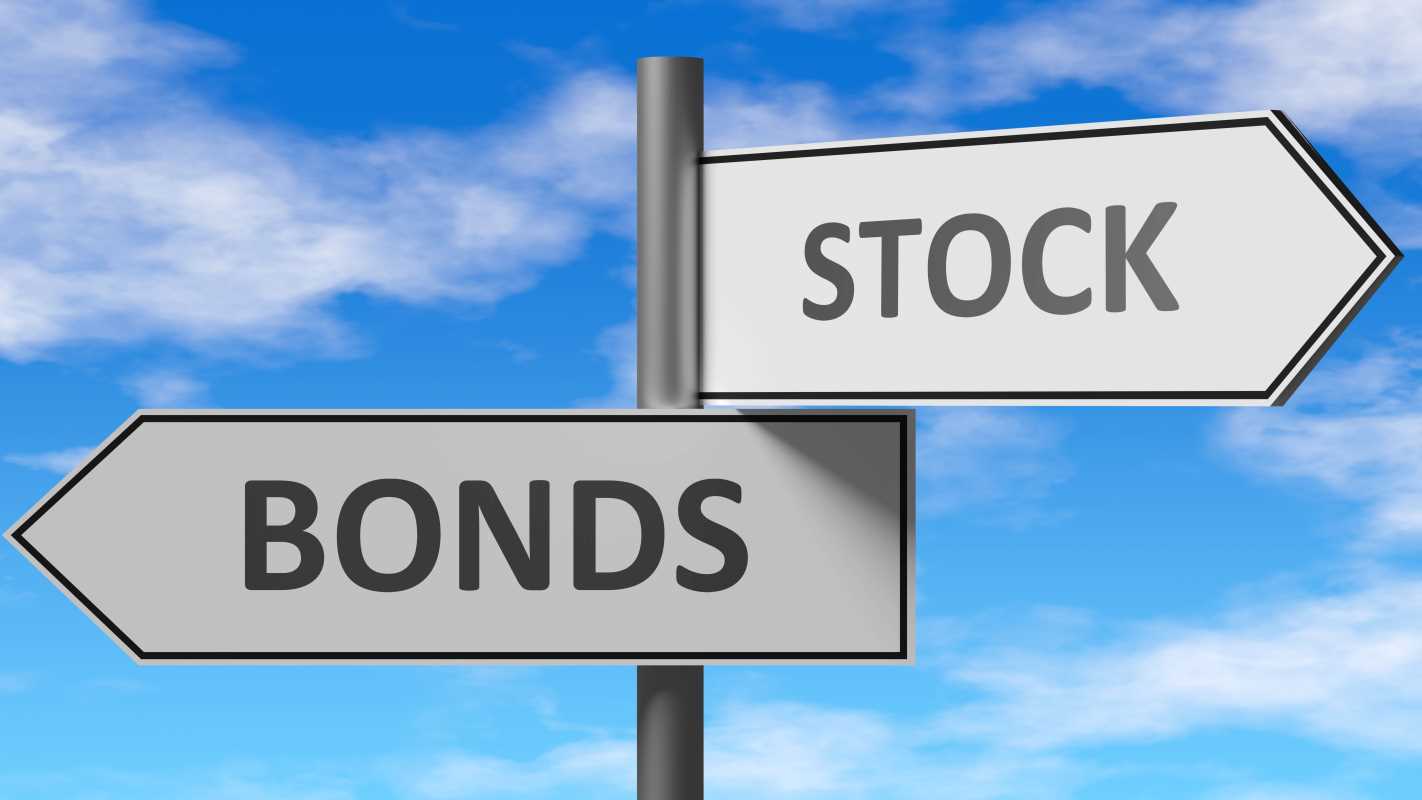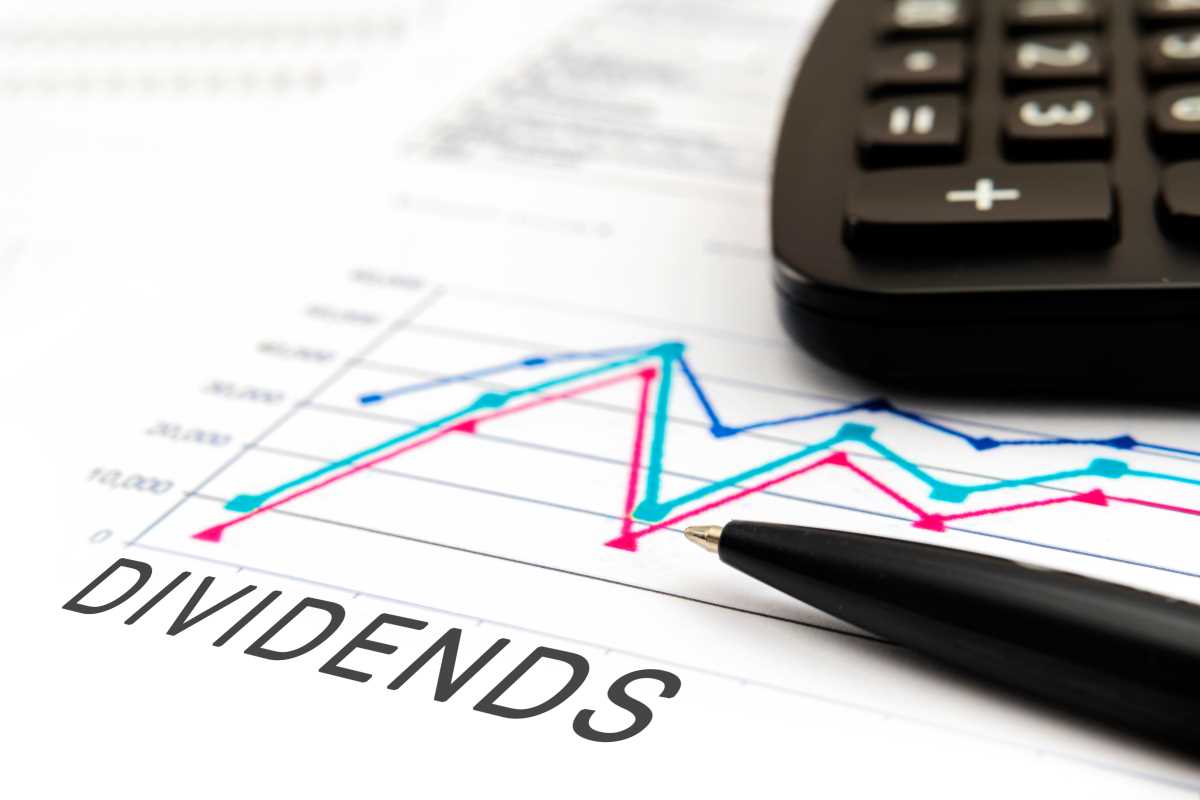Watching the stock market can feel like being on the world's most unpredictable rollercoaster. One day, everything is soaring high, and you feel like a financial genius. The next, prices are plummeting, and your stomach drops with every red arrow on the screen. This wild ride of ups and downs is what experts call market volatility. It’s exciting when it’s going up and terrifying when it’s going down. This emotional whiplash can tempt even the most level-headed person to make rash decisions, like selling everything in a panic or betting the farm when things look good. But here’s a secret: volatility is a normal, unavoidable part of investing. It’s not a sign that something is broken; it’s just the market being the market. The key to long-term success isn’t avoiding the bumps, but learning how to handle them without getting thrown from your seat.
What is Market Volatility and Why Does It Happen?
Market volatility is simply the measurement of how much and how quickly an investment's price changes over time. A highly volatile stock might swing up and down by several percentage points in a single day, while a less volatile one might barely move. This happens for countless reasons. Big economic news, like a change in interest rates or a new inflation report, can cause a stir. Unexpected world events, political uncertainty, or even just a shift in investor sentiment can send prices moving. In the short term, the market is like a voting machine, reacting emotionally to every piece of news and every rumor. This constant flux is what creates the jagged lines you see on stock charts.
Short-Term Pain vs. Long-Term Gain
The impact of volatility feels very different depending on your time frame. In the short term, it can be painful. Seeing the value of your portfolio drop by 10% or 20% in a few weeks is never fun. This is where fear can take over, leading you to sell your investments to "stop the bleeding." However, if you zoom out and look at the market's performance over decades, a different picture emerges. Historically, the stock market has always recovered from downturns and gone on to reach new highs. Those scary drops become mere blips on a long, upward-trending line. For a long-term investor, volatility isn't just a risk to be endured; it can also be an opportunity to buy quality investments at lower prices.
Your Best Defense: Stay Calm
The single most important thing you can do when the market gets rocky is to stay calm and avoid emotional decisions. When prices are falling, your brain is wired to feel fear and seek safety, which often translates to selling. When prices are soaring, greed can take over, tempting you to chase hot stocks. Both of these impulses are destructive to your long-term wealth. Successful investing has less to do with being brilliant and more to do with being disciplined. Having a solid plan in place before volatility strikes is your best defense against your own worst instincts. Your plan is your anchor in a stormy sea.
Smart Strategies to Tame the Ride
You don't have to just sit there and take the punches. Several proven strategies can help you manage volatility. The most important is diversification. By spreading your money across many different types of investments, like stocks, bonds, and real estate, you ensure that a drop in one area doesn't sink your entire portfolio. Another powerful tool is dollar cost averaging, which is the practice of investing a fixed amount of money at regular intervals. This forces you to buy more shares when prices are low and fewer when they are high, smoothing out your purchase price over time. Finally, always keep your focus on your long-term goals. Reminding yourself that you are investing for something 10, 20, or 30 years away makes it easier to ignore the short-term noise.
Know Your Risk Tolerance
How much of a rollercoaster can you handle? This is your risk tolerance. It's crucial to be honest with yourself about how you react to market swings. If you are someone who loses sleep when your portfolio is down, you might have a lower risk tolerance and should hold a more conservative mix of investments with more bonds and fewer stocks. If you have a long time horizon and a steady nerve, you can afford to take on more risk with a higher allocation to stocks. Aligning your portfolio with your personal comfort level is key to being able to stick with your plan when things get tough.
The Power of an Emergency Fund
One of the biggest sources of stress during a market downturn is the fear of needing cash when your investments are down. What if you lose your job or have a major medical expense? Being forced to sell your stocks at a loss to cover an emergency can permanently damage your financial plan. This is why having a separate emergency fund is so critical. This should be three to six months' worth of essential living expenses saved in a safe, easily accessible place like a high-yield savings account. This cash cushion acts as a firewall between your life and your investments, giving you the peace of mind to ride out market volatility without having to sell at the worst possible time.
Review, Don't React
Handling volatility doesn't mean ignoring your portfolio completely. It's wise to have a simple plan to periodically review your investments. This isn't about checking prices every day; it's about checking in on your plan once or twice a year. During this review, you can see if your investment mix has drifted from its original targets and rebalance it if necessary. This disciplined, scheduled approach allows you to make thoughtful adjustments based on your long-term strategy rather than making panicked moves based on scary headlines. It keeps you in control and focused on what truly matters for your financial future.
 (Image via
(Image via





